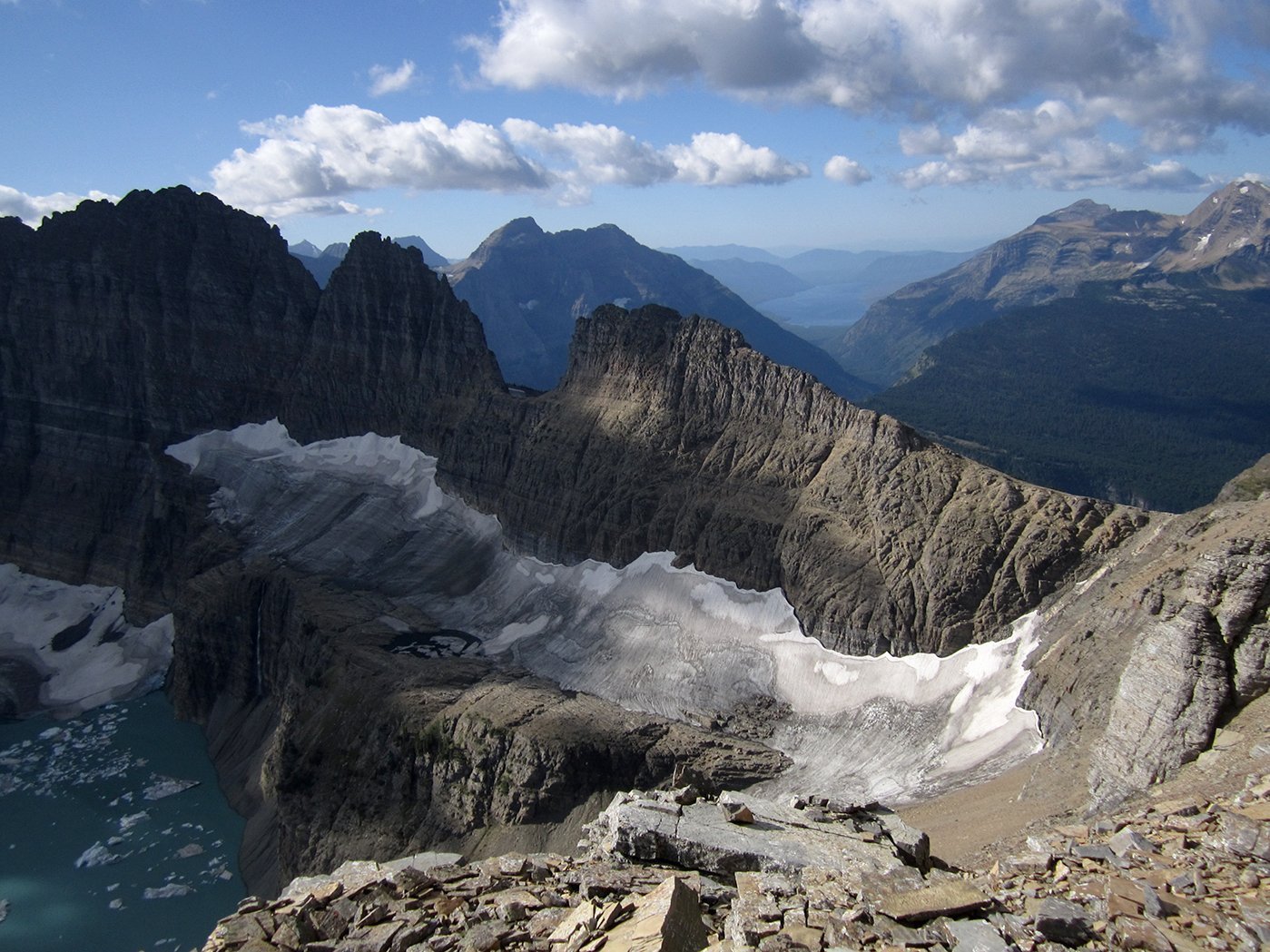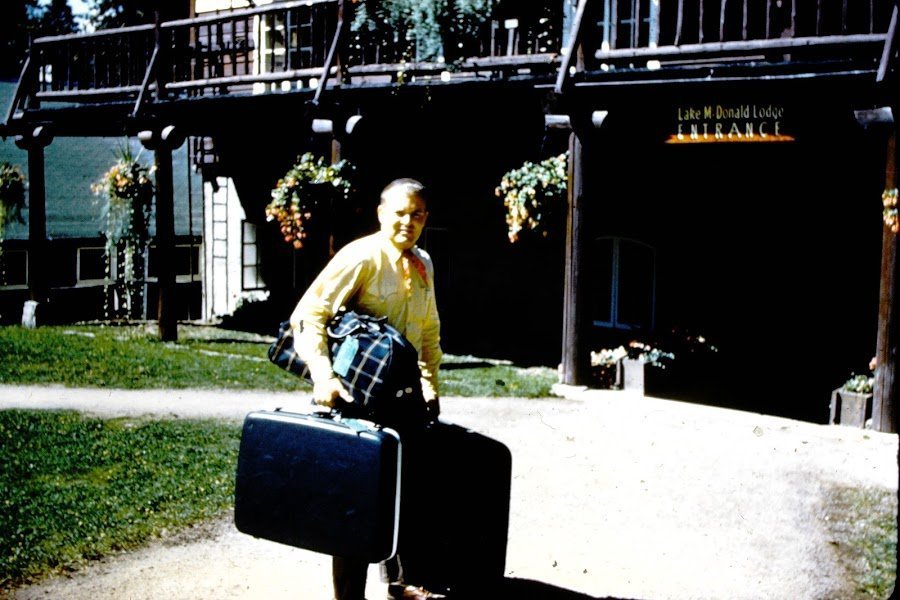Deciding whether to cancel your trip to Glacier National Park requires careful consideration of various factors, including weather conditions, safety concerns, and travel restrictions. November in Glacier National Park presents unique challenges with cold temperatures, potential snowfall, and limited access to certain areas. This article will guide you through the key aspects to consider when deciding whether to proceed with or cancel your trip to this stunning natural wonder.
What Are the Current Weather Conditions at Glacier National Park?

November weather in Glacier National Park can be harsh and unpredictable, potentially impacting your travel plans. Here’s what you need to know:
- Temperature: Expect daytime highs between 30°F (-1°C) and 38°F (3°C), with nighttime lows dropping to 18°F (-8°C) to 22°F (-6°C).
- Precipitation: November averages 7 days of rainfall or snow, with about 107mm of rain and a substantial 613.6cm of snow accumulation.
- Severe Weather: Snow showers are common, and conditions can deteriorate rapidly, affecting road conditions and trail accessibility.
Given these conditions, if you’re not prepared for cold and potentially hazardous weather, canceling or postponing your trip might be a wise decision.
What Is the Trip Cancellation Policy for Glacier National Park?

Understanding the cancellation policies for your Glacier National Park reservations is crucial when considering whether to cancel your trip. Here’s a general overview:
- Cancellation Deadlines: Vary by provider (lodging, tours, campsites)
- Potential Fees: Range from a percentage to full booking cost
- Refund Eligibility: Depends on how early you cancel
| Cancellation Timing | Typical Policy |
|---|---|
| 24-48 hours before | Significant fees or penalties |
| Early cancellation | Full or partial refunds possible |
| Last-minute | Often no refund |
Always check with your specific service providers for exact policies and deadlines.
What Health and Safety Concerns Should I Consider?
When deciding whether to cancel your trip to Glacier National Park in November, consider these health and safety factors:
- COVID-19 Regulations:
- Check latest guidelines from National Park Service and local health authorities
-
No specific restrictions currently mentioned, but stay updated
-
Wildlife Hazards:
- Lower risk in November due to cold weather
-
Still crucial to follow park guidelines for safety
-
Trail Conditions:
- Potentially hazardous due to snow, ice, and freezing temperatures
- Check current conditions before hiking
- Ensure you have appropriate gear and knowledge
Are There Any Current Travel Restrictions?
While there are no specific state or federal guidelines restricting travel to Glacier National Park in November, be aware of the following:
- Road Closures: Some roads, like the Going-to-the-Sun Road, typically close in mid-October until spring due to snow and ice.
- Access Limitations: Weather conditions may limit access to certain areas of the park.
- Park Updates: Always check the park’s official website for the latest information on closures and restrictions before finalizing your plans.
How Can I Make an Informed Decision About My Trip?
To decide whether you should cancel your trip to Glacier National Park, consider the following steps:
- Assess Your Comfort Level:
- Are you prepared for cold, potentially snowy conditions?
-
Do you have experience with winter outdoor activities?
-
Review Your Itinerary:
- Check if planned activities are still available in November
-
Consider alternative indoor activities if outdoor options are limited
-
Evaluate Your Equipment:
- Do you have appropriate cold-weather gear?
-
Is your vehicle equipped for potential snow and ice?
-
Consider Your Budget:
- Factor in potential cancellation fees
-
Weigh the cost of rescheduling vs. proceeding with the trip
-
Check Park Services:
- Verify which visitor centers, lodges, and amenities are open in November
- Understand the limitations on ranger-led programs and tours
What Are the Pros and Cons of Visiting Glacier National Park in November?
To help you make your decision, consider these advantages and disadvantages of a November visit:
Pros:
- Fewer crowds
- Potential for stunning snow-covered landscapes
- Opportunity for winter activities like cross-country skiing or snowshoeing
- Possible wildlife sightings in snowy conditions
Cons:
- Limited access to certain areas of the park
- Reduced services and amenities
- Challenging weather conditions
- Potential for dangerous road and trail conditions
What Alternative Dates Could I Consider for My Trip?
If you’re considering rescheduling your trip to Glacier National Park, here are some alternative time frames to consider:
- Summer (June to August):
- Peak season with warmest temperatures
- Full access to park facilities and roads
-
Busiest time with larger crowds
-
Early Fall (September to early October):
- Cooler temperatures but still pleasant
- Fall foliage and potential wildlife activity
-
Fewer crowds than summer
-
Late Spring (May to early June):
- Emerging wildflowers and wildlife
- Some snow still possible at higher elevations
- Gradually opening facilities and roads
Each season offers a unique experience of Glacier National Park, so consider your preferences for weather, activities, and crowd levels when choosing an alternative date.
How Can I Stay Updated on Park Conditions?
To make an informed decision about your trip and stay updated on park conditions, utilize these resources:
- Official Glacier National Park Website:
- Check for current alerts, closures, and conditions
-
Glacier National Park Social Media:
- Follow official accounts for real-time updates
-
Platforms: Facebook, Twitter, Instagram
-
Local Weather Services:
- Monitor forecasts specific to the park area
-
Consider using weather apps with location-specific data
-
Visitor Centers:
- Call for the most up-to-date information
-
Speak with park rangers for expert advice
-
Montana Department of Transportation:
- Check road conditions and closures
- https://www.mdt.mt.gov/travinfo/
By staying informed through these channels, you can make the best decision regarding your trip to Glacier National Park and ensure a safe and enjoyable visit if you choose to proceed.